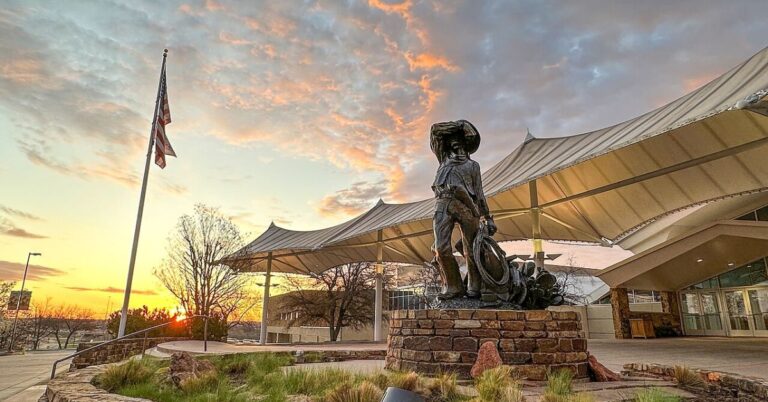25 Places Where Indigenous Art Takes Center Stage
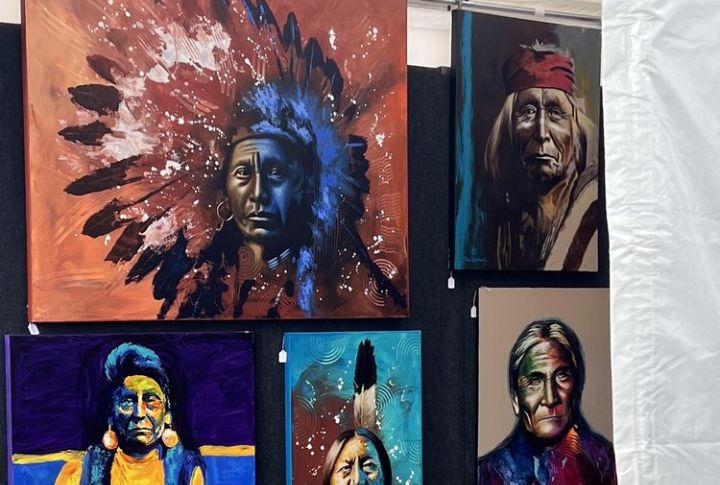
Indigenous art is far more than something you simply look at—it’s a living, breathing expression of culture, history, and identity. In many places around the world, art is woven into the fabric of life, telling stories that stretch back generations. So, let’s take a look at 25 places where Indigenous art takes center stage.
Haida Gwaii Museum, Canada
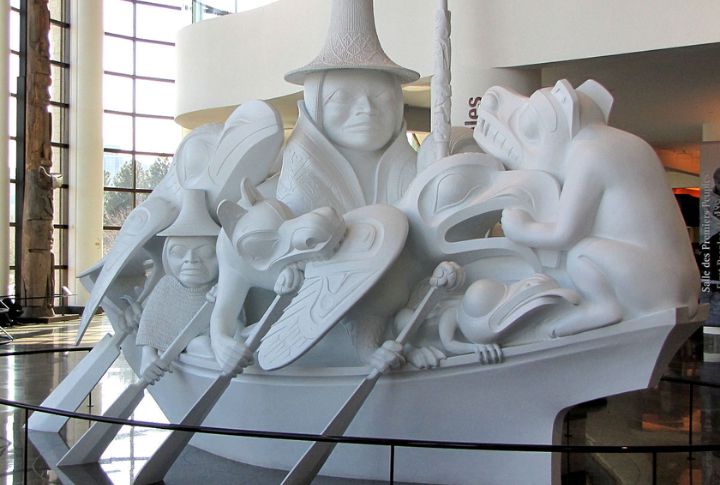
This hub is dedicated to preserving the heritage of the Haida people. The museum features a remarkable collection of Haida artifacts. Visitors can explore exhibitions that highlight the Haida’s connection to the land and sea, offering insight into their traditions, history, and artistic excellence.
Kakadu National Park, Australia
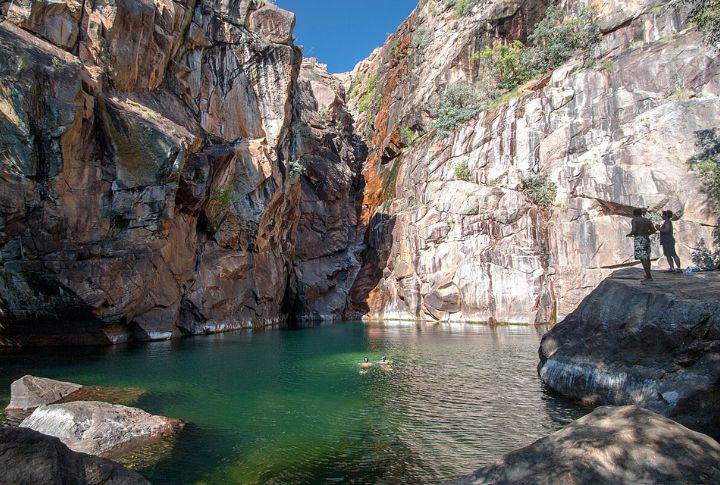
Peer at cliffs dotted with ochre figures, and you’ll spot depictions of barramundi and ancient ancestors. Ubirr’s rock art stretches over 20,000 years and includes one of the most extensive Aboriginal storytelling galleries on the planet. Plus, sunsets here cast gold over sacred stories.
Santa Fe Indian Market, USA
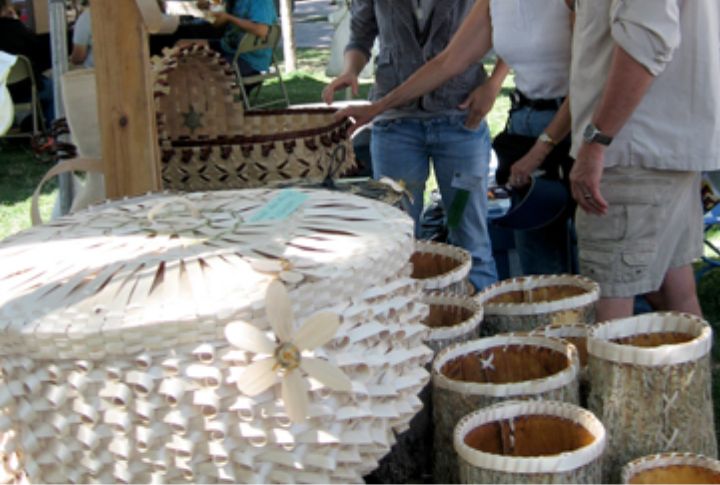
Every August, over 1,000 Indigenous artists turn Santa Fe into a creative pilgrimage site. From Hopi pottery to Dine silverwork, this market is where tradition and innovation share booths. Since 1922, it has celebrated Indigenous excellence, gathering artists and collectors worldwide.
Museo Chileno De Arte Precolombino, Chile

The Museo Chileno de Arte Precolombino in Santiago, Chile, is a premier institution showcasing the artistic traditions of pre-Columbian Latin America. Its collections span over 10,000 years of history, featuring ancient artifacts from the Andean, Mesoamerican, and other indigenous cultures.
San Cristobal De Las Casas, Mexico
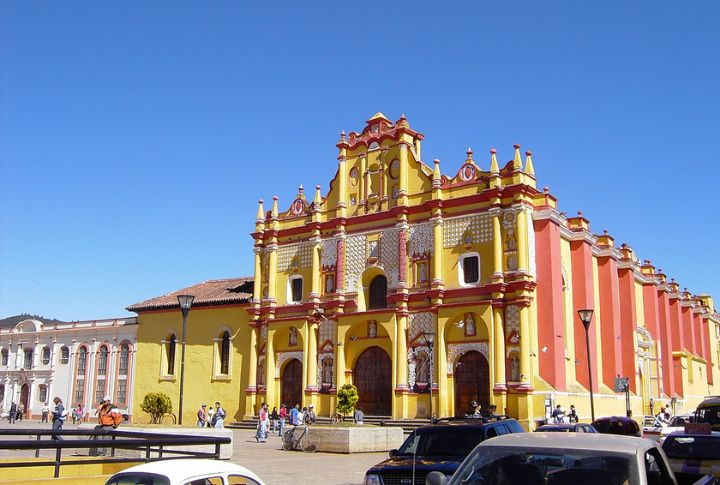
Artists of Maya and Zoque heritage fill these walls with sculpture, weaving, and conceptual performance. Galeria MUY doesn’t just show art—it nurtures a growing community of Indigenous creators. Every piece confronts modern identity through ancestral symbols, reshaping what it means to be “traditional.”
Inuit Art Centre, Canada

Opened in 2020, Qaumajuq illuminates over 14,000 Inuit artworks—the largest public collection globally. Glass walls and Northern light define this architectural marvel. It centers Inuit voices through printmaking, stone carving, and film, all rooted in Arctic experience and resilience.
National Museum Of The American Indian, USA
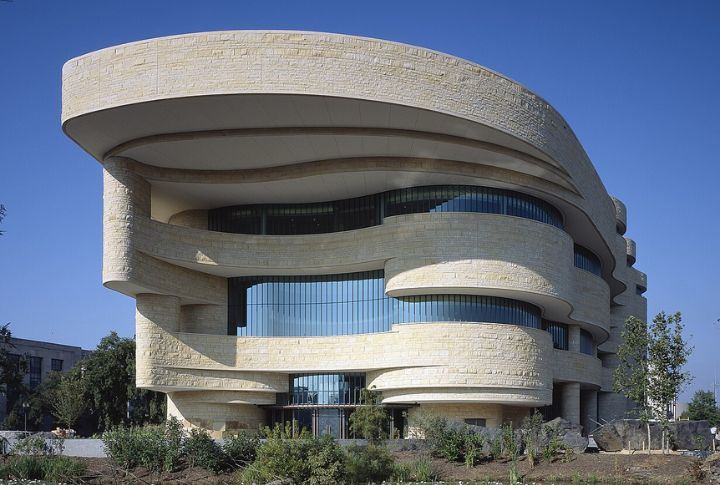
Designed with no right angles, the building mimics natural stone formations sculpted by wind and water. Inside, you’ll find reconstructed longhouses, audio storytelling booths, and immersive exhibitions curated by Indigenous knowledge keepers. It’s an invitation into a worldview.
Te Papa Tongarewa, New Zealand
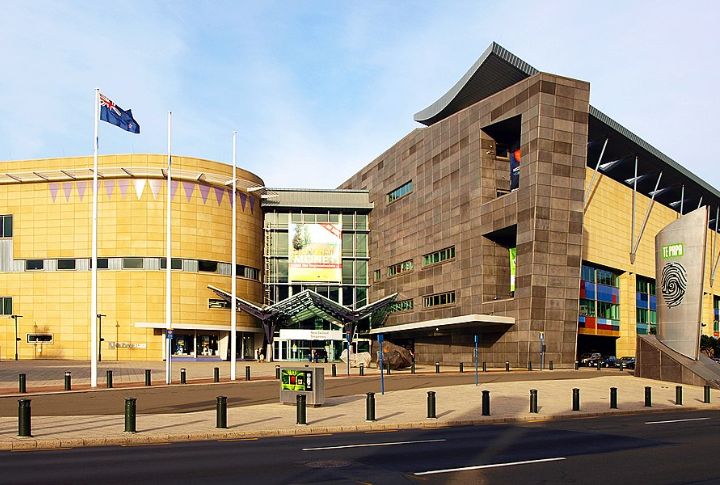
Maori art holds deep mana (authority) here. Te Papa’s immersive taonga (treasures) include carved meeting houses, cloaks, and tukutuku panels. It’s where whakapapa (genealogy) meets innovation on Aotearoa’s cultural frontlines.
Kluge-Ruhe Aboriginal Art Collection, USA
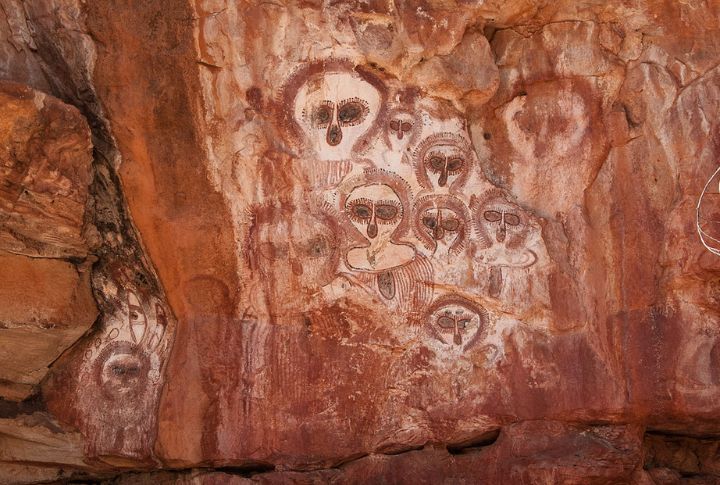
The only U.S. museum dedicated solely to Indigenous Australian art, this space began with a private collection and grew into a global educational force. From dot paintings to fiber sculptures, it connects Aboriginal artists directly with American audiences through residencies and dialogue.
Pucara De Tilcara, Argentina
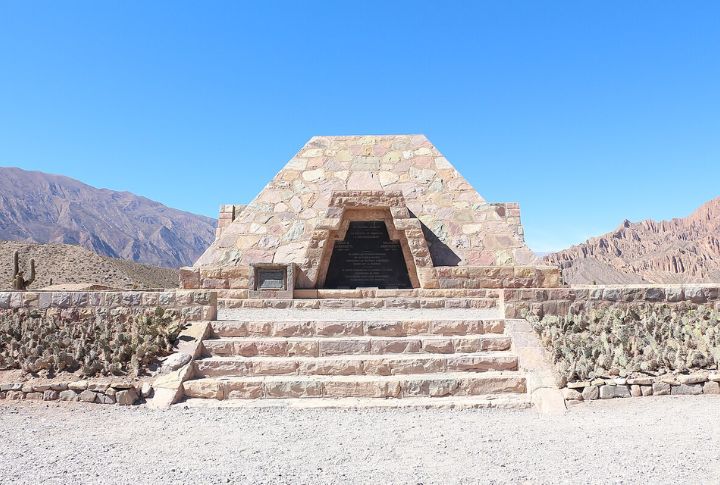
This pre-Columbian fortress dates back to around 1000 CE and was once inhabited by the Tilcara people, part of the larger Andean culture. The site features well-preserved stone structures, and visitors can explore the ruins, which offer a glimpse into the lives of the populations that lived in the region.
Uxmal And The Puuc Route, Mexico
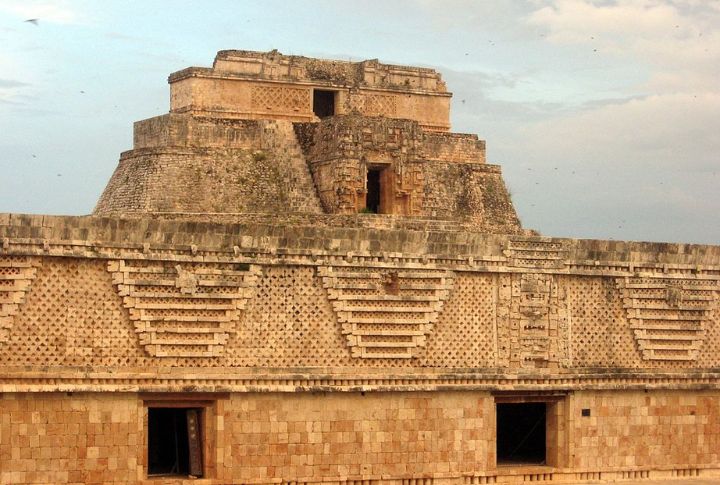
Uxmal, located in Mexico’s Yucatan Peninsula, is a stunning Mayan archaeological site on the Puuc Route. Known for its intricate architecture, including the Pyramid of the Magician, Uxmal showcases the Puuc style. The route also features other ruins like Sayil and Labna, offering insight into ancient Mayan civilization.
Museum Of Anthropology At UBC, Canada

Totem poles rise tall in this university museum overlooking the Pacific. Works by Haida, Musqueam, and Coast Salish artists are displayed beside international Indigenous collections. Temporary exhibitions often spotlight Indigenous futurism, blending tradition and technology through contemporary Indigenous lenses.
National Gallery Of Canada, Canada
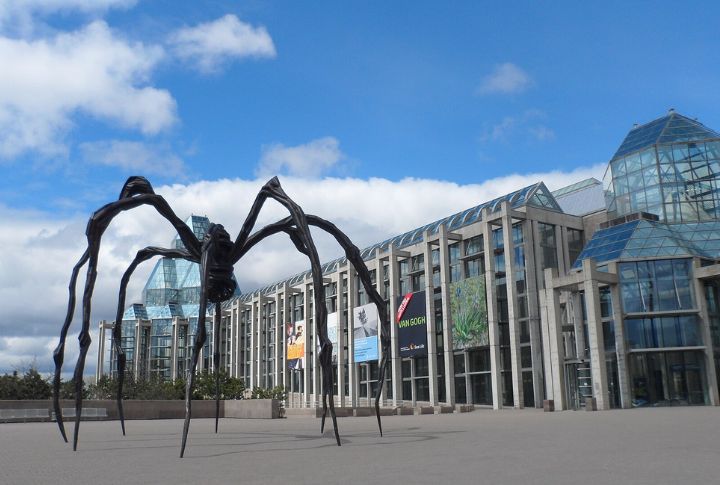
Walk into the Indigenous galleries and you’re greeted by suspended caribou hides etched with life stories. You might turn a corner and find a sculptural birchbark canoe juxtaposed beside digital projection art. The contrasts here feel purposeful, like a curated conversation between past and present.
Museum Of Contemporary Native Arts, USA
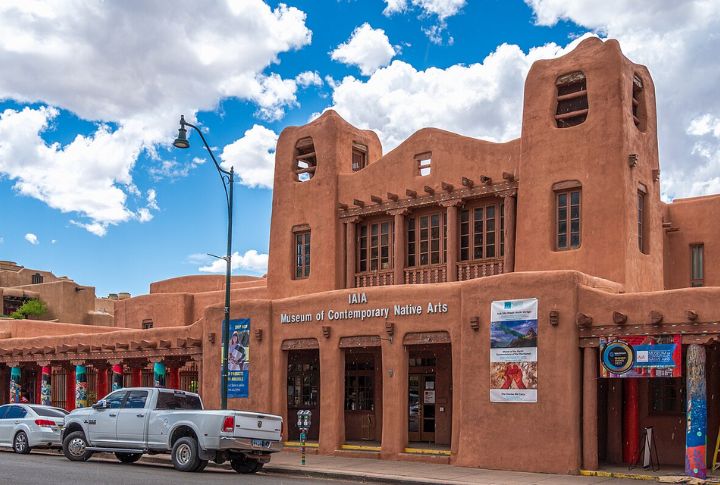
Every exhibition here delivers a mic drop moment. From futuristic regalia crafted from salvaged tech to massive collages deconstructing pop culture, it’s a high-voltage blend of tradition and rebellion. Nothing holds back—and that’s what makes it unforgettable for every visitor.
Papunya Tula Artists Gallery, Australia
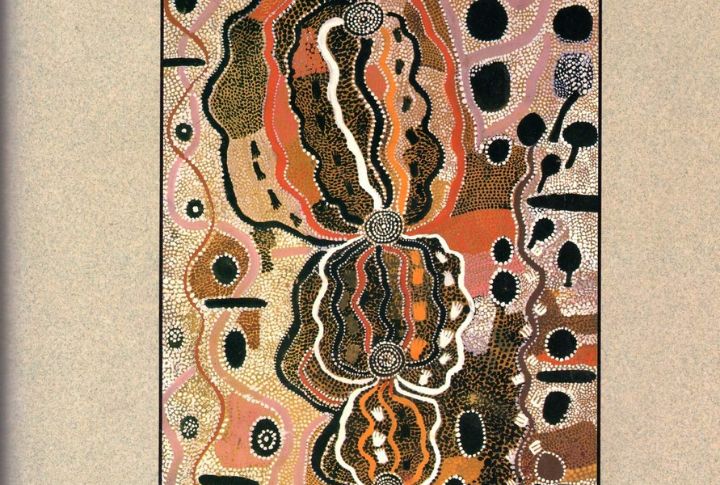
Founded by the Papunya Tula artists, the gallery shows their iconic dot paintings, which express Dreamtime stories and cultural narratives. Visitors can explore powerful works that capture the spiritual connection to the land. This gallery plays a key role in preserving the distinctive art of the Papunya Tula community.
Art Gallery Of New South Wales, Australia
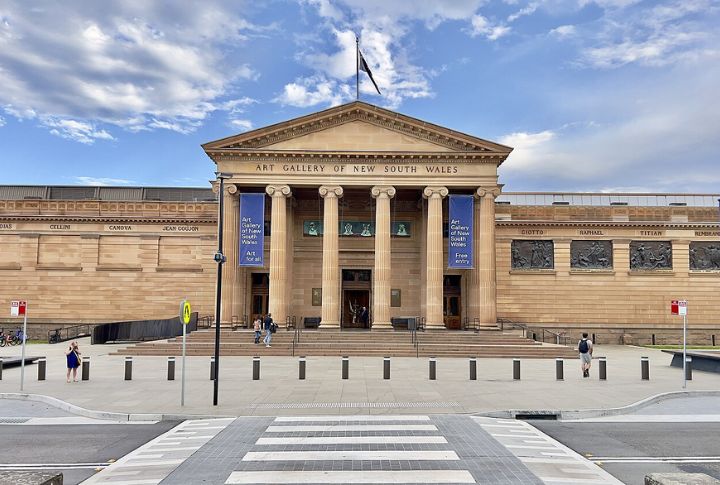
This one’s Yiribana Gallery remains a key depiction of the famous Aboriginal and Torres Strait Islander art. Works span bark painting, photography, and printmaking, with stories that echo kinship systems and Dreamtime lore. Free entry ensures accessibility to all.
National Museum Of Australia, Australia
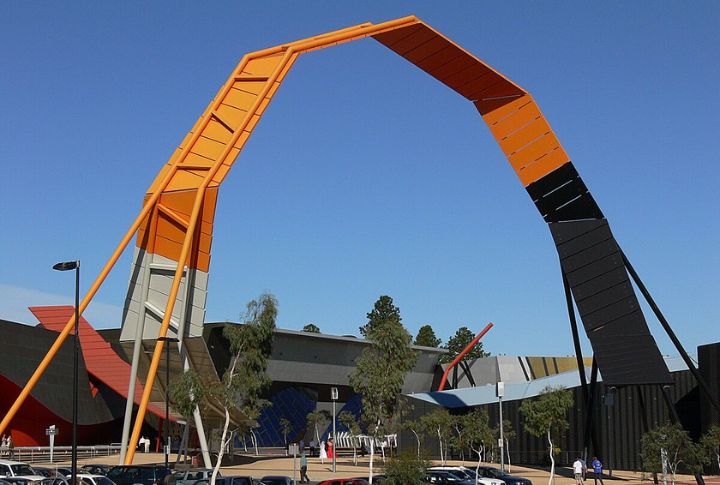
Aboriginal songlines weave through interactive digital domes and curated journeys across the country. The museum’s First Australians gallery connects millennia of history, featuring oral histories that center Indigenous worldviews. It’s a masterclass in multidimensional storytelling.
The Rock Art Of Tassili n’Ajjer, Algeria
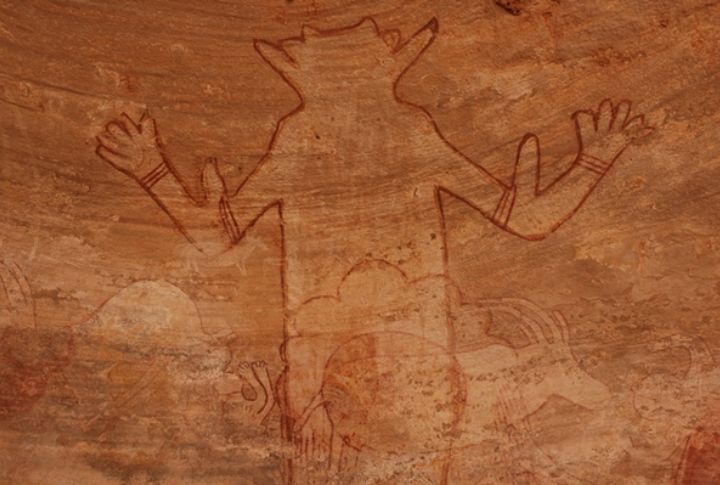
The Rock Art of Tassili n’Ajjer in Algeria is a UNESCO World Heritage site known for its prehistoric paintings. Located in the Tassili n’Ajjer Mountains, these ancient artworks provide invaluable insight into the early cultures of the Saharan region, describing the evolution of human society and environmental changes over millennia.
National Museum Of Ethnology, Japan
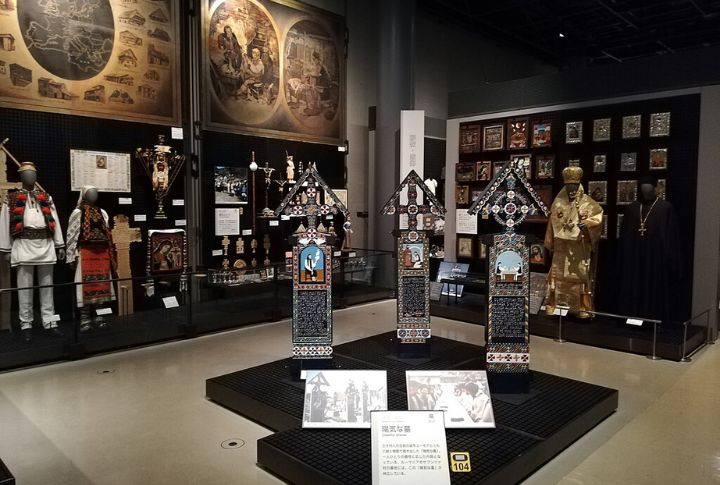
Housing Ainu artifacts from northern Japan and global Indigenous collections, this museum serves as a research hub and cultural bridge. You’ll find ceremonial garments and digital exhibits that connect ancestral practices to modern expressions. It’s a quiet cultural powerhouse.
South Australian Museum, Australia

This museum holds the world’s most extensive collection of Aboriginal cultural material—over 30,000 items. Their archival holdings, field notes, and ceremonial items remain critical to repatriation efforts and research. For communities, it’s a bridge to ancestors and lost languages.
Iziko South African Museum, South Africa
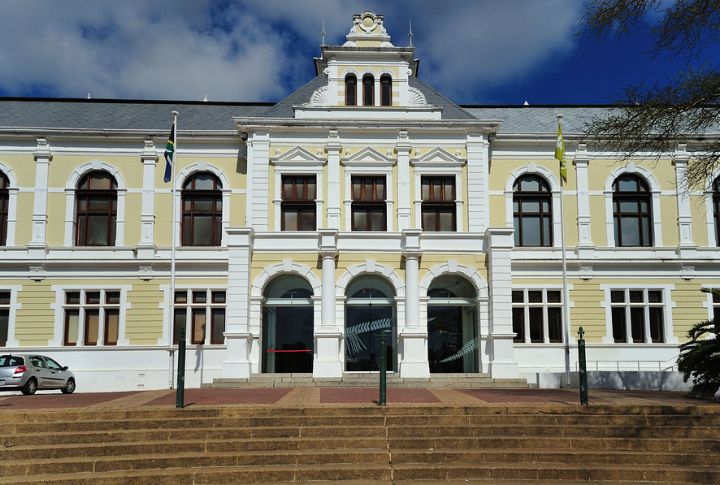
This museum is famous for its extensive displays of early hominid fossils. Visitors can explore the history of South Africa’s indigenous peoples, as well as learn about the country’s biodiversity, including a notable collection of African art. The museum serves as a resource and a cultural landmark.
U’mista Cultural Centre, Canada
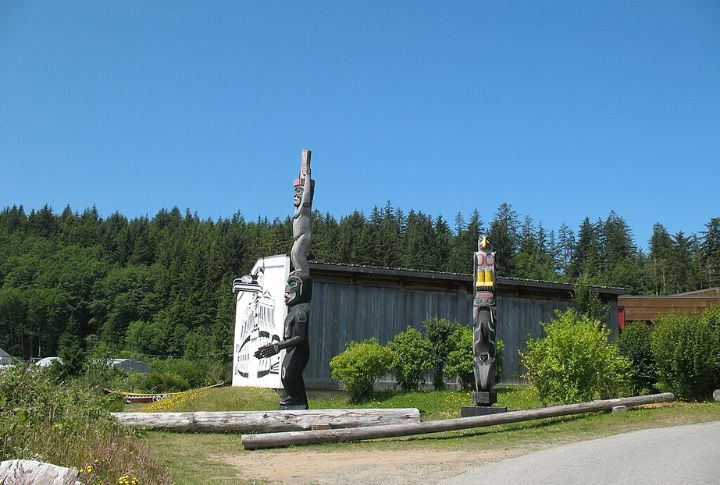
Centuries-old potlatch treasures stolen during colonial bans now rest safely at the U’mista Cultural Centre in Alert Bay, British Columbia. This living museum honors Kwakwaka’wakw traditions through vibrant masks and stories that speak louder than history books. It’s cultural reclamation in action.
Denver Art Museum, USA
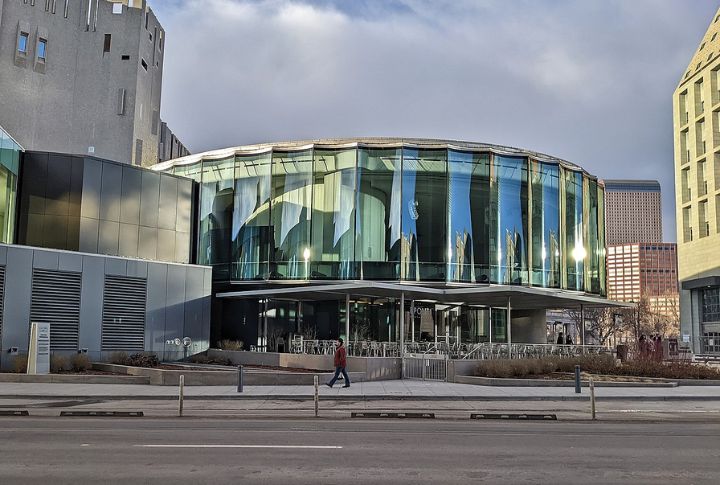
With collections of Native American masterpieces, mind-bending contemporary art, and global treasures, this museum packs a punch. Plus, the architecture? Think of it as art you can walk through. It’s a place where curiosity thrives, and every corner holds a visual surprise.
National Gallery Of Victoria, Australia

Major commissions by Indigenous artists redefine this gallery’s architecture—literally. Lin Onus and Emily Kame Kngwarreye’s works sit alongside installations made of ochre and salvaged material. This gallery treats Indigenous art not as side content but as essential cultural infrastructure.
Heard Museum, USA
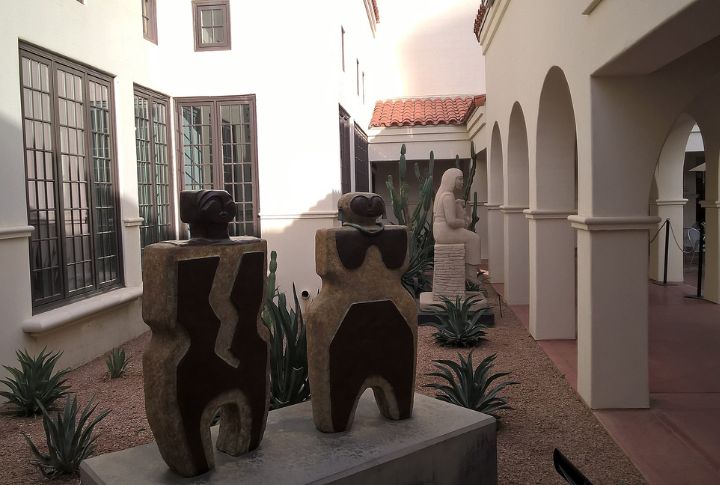
The Heard enhances Native American art with permanent and traveling exhibitions. Its signature event, the Guild Indian Fair & Market, draws artists from across North America. The museum also features powerful exhibits on Indian boarding schools and cultural survival.

